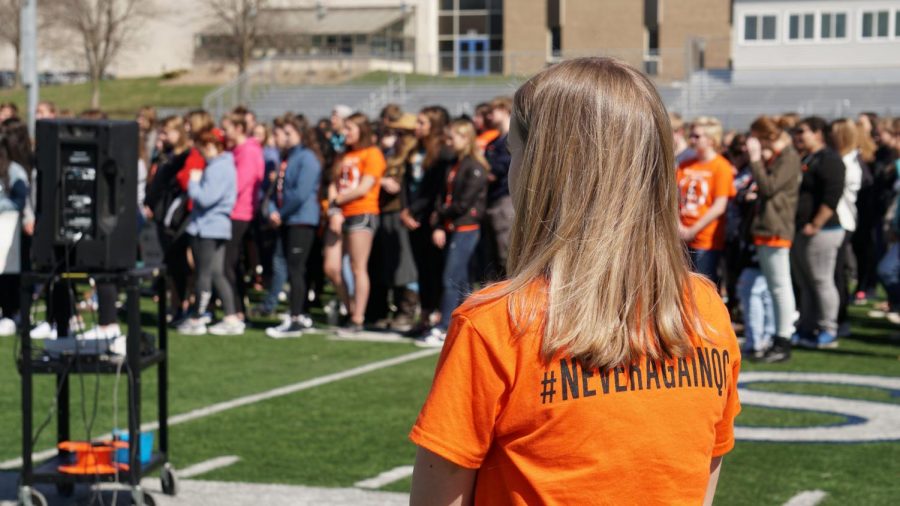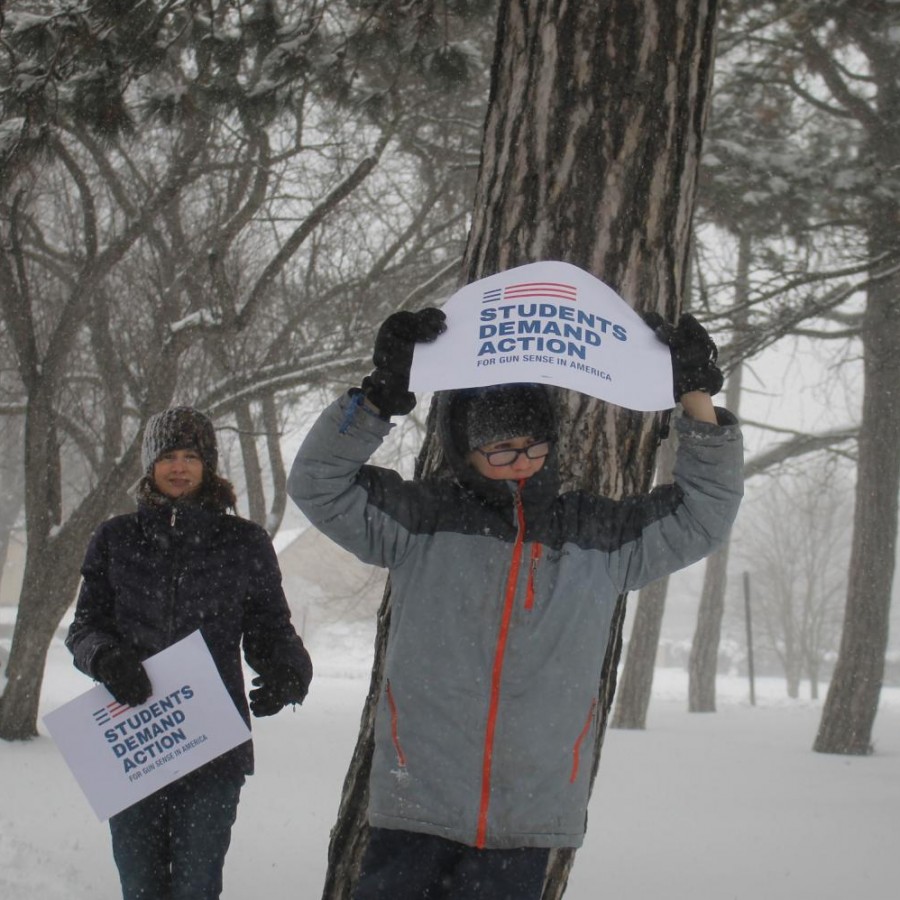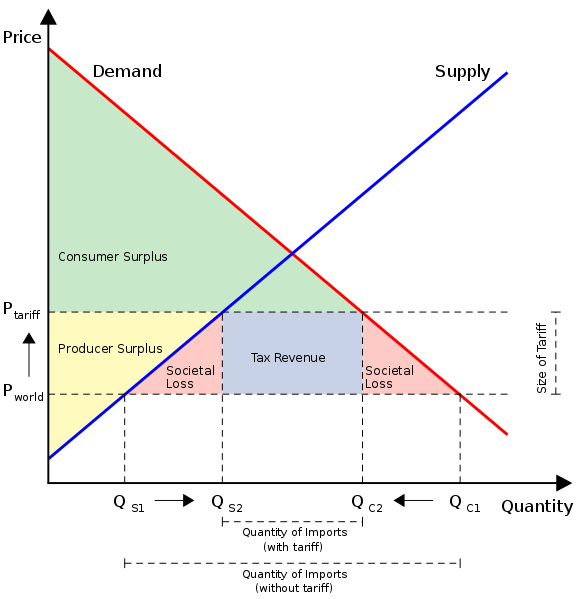Though its practice differs throughout the world, education is, at its core, the process of learning and absorbing important information. Both the quality and quantity of education provided heavily depends on the environment in which it occurs, which can vary wildly from elite private preparatory schools to inner city, under-funded public schools. In terms of achieving the ideals of education, the goals of this institution can often be sidelined by existing prejudices and discriminatory behavior which can hold back many students with great potential. By far, the most prevalent of these is the effect of racism and classism on the classroom, the student and the school which has many detrimental effects on grades, test scores and the overall well-being of the student.
In a post-Brown v. Board of Education world, the majority of people are resigned to accept the current state of the educational system despite its abundant lack of equity between schools and state lines. Despite the destruction of formally recognized segregation, the level of racial segregation or isolation in public schools across the country has been steadily increasing since 1986 (Tripp). According to studies provided by the University of California’s Civil Rights Project, over half of all African-American and Hispanic students in New York in 2011 attended schools with less than a 10 percent white enrollment rate. This trend is seen throughout the country, often accompanied by socioeconomic segregation as well. Due to their lower tax bracket, a number of urban, majority-minority schools often face low budget issues, including staff cuts and a lack of necessary textbooks or supplies for classes. Many inner-city schools are in various states of disrepair with malfunctioning heating and cooling systems or broken structures.
These at-risk school systems are already at a strong disadvantage due to the manner in which funds are distributed among school districts. According to a study run by the Department of Education, numerous low-income schools receive fewer shares of their state and local funding than they deserve, leaving many schools seriously impaired compared to their richer, white-majority counterparts (“More Than 40%”). Because richer, mainly white schools have more resources, they are able to maintain a better educational standard, allowing students to progress more easily. A large disparity in academic achievement between the rich and poor and white and nonwhite students is indicative of a larger problem in American education. Instead of starting on equal footing, the students attending under-funded, nonwhite schools begin their academic careers attempting to climb over obstacles which only serve to get more debilitating as they progress.
Disadvantaged students, in low-funded inner city school districts, are expected to perform at the rates of their more privileged peers, despite the sizeable gap between the curricula and abilities of the schools. As a result, many inner-city schools tend to score poorly on standardized tests. Without the necessary literacy and comprehension skills to enter high school, many students of color at inner city schools are faced with an ultimatum: attempt to survive a system which has been rigged against them from the start or drop out and face another set of tribulations.
For the students who do choose to continue their education, the road ahead is often very difficult. Students attending high-poverty schools find themselves at a distinct disadvantage compared to other students, and this feeling is only magnified for many students of color. Facing discrimination and biases from both other students and faculty at times, black and Hispanic students in urban public schools face some of the highest dropout statistics in the country. Based on data provided by the National Center for Education Statistics (NCES), nationally white students graduate at a rate of 86 percent while black and Hispanic students graduate at a rate of 69 and 73 percent, respectively. While this does not specifically consider inner city educated black and Latino students, the numbers display a clear difference in how students are educated based on racial factors. NCES dropout statistics can be linked to a poor educational foundation which often makes it hard for students to excel or progress further ahead in life.
While certainly ridding America of its ingrained and institutionalized racism is not an easily achievable task to complete, there has been significant research published on potential solutions and outcomes already have started to look more positive. As previously discussed, high poverty schools already receive fewer funds than low poverty schools, with some receiving as low as 70 percent less funding than their wealthier counterparts in the same district (Akerstrom 3). An equal distribution of funding between schools in a district could have a tremendous effect on the state of many poorer schools. If a policy could be passed concerning fiscal education reform, poor schools could afford to higher superior teachers and better supplies, as well as relocate for more resources towards their at-risk or struggling students. Instead of creating a self-fulfilling circle of poverty and a lack of education for black and Hispanic families, high-poverty schools would be able to take a positive step forward in order to achieve equality.
Education should be a doorway to self-sufficiency and independent, critical thought. As of right now, the current state of the educational system gives a strong advantage to more privileged students; thus society’s leaders and entrepreneurs are significantly shifted in one direction. As a growing and living being, organized society faces the possibility to become stale and outdated without the ingenuity that stems from diversity. Educational reform reaches further than the confines of the physical building and its effects are felt throughout every aspect of society. Complete fiscal and social equity in education will lead to a new, more educated generation capable of making smarter, complex decisions that will affect society as a whole.











